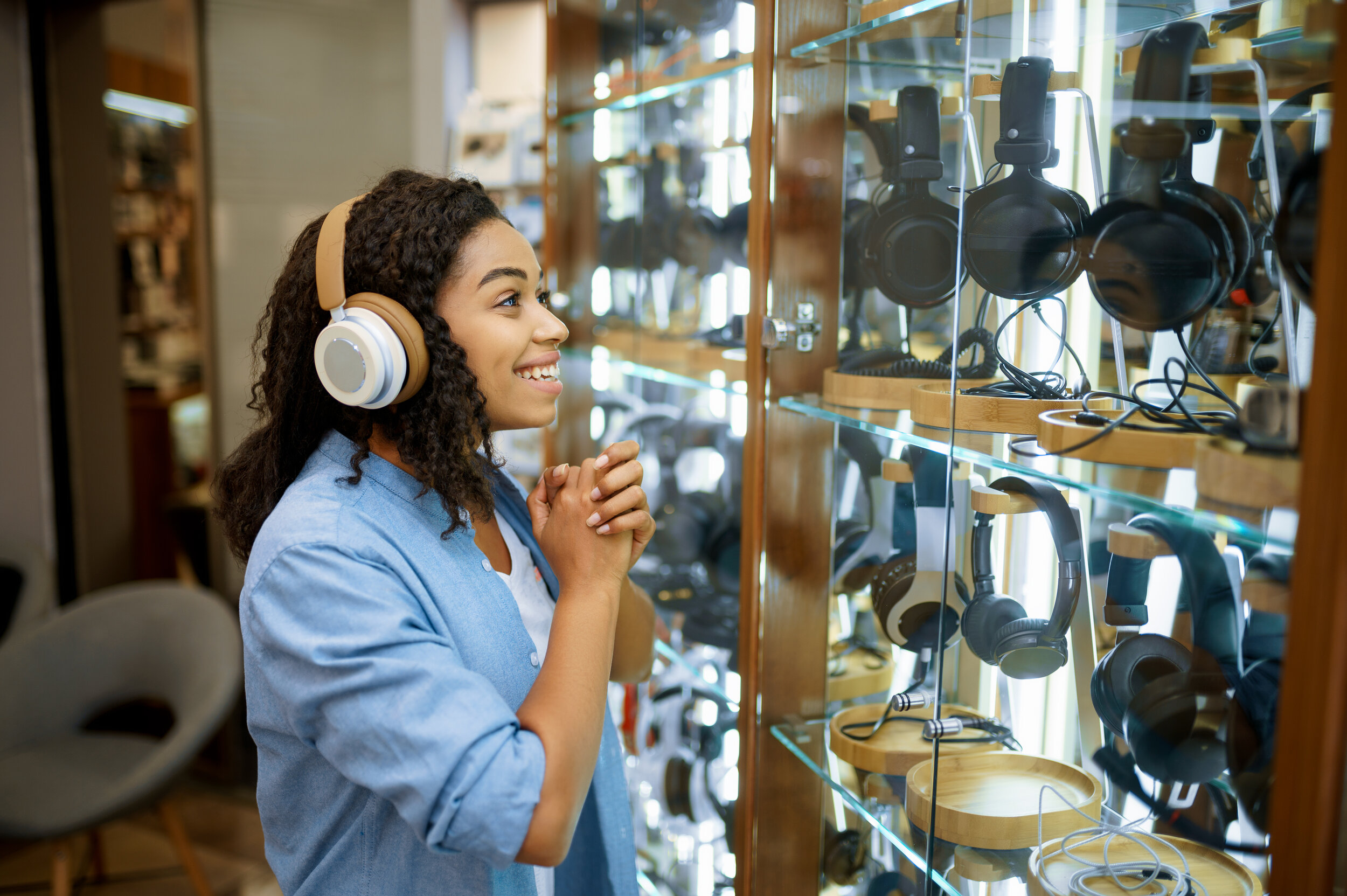Can In-Store Technology Help Physical Retail Complete with Online?
We know retailers are always looking for ways to beat online competitors. We also can see that successful retailers are adapting a previously siloed strategy to now ensure that all their channels (physical, online, mobile) work together, delivering the shopper a blended experience, no matter where they decide to purchase. For physical retail in particular, there are some specific areas where technology and merchandising can play a key part in keeping the channel competitive and relevant. Some of the main areas where technology and merchandising can help include:
Bringing the convenience of online shopping to physical retail
Offering access to reviews and comparison pricing in-store
Providing an 'experience' - or a reason to go in-store
Here are some examples of how retailers are using in-store technology and merchandising to help improve the shopping experience and drive customers into physical retail.
Walmart:
A Walmart in Rogers, Arkansas, is helping consumers avoid the queue by making every aisle the check-out aisle this holiday season. The store also offers in-store wayfinding through the Walmart App Shoppers can simply speak the name of the product they're looking for (for example, 'bedding') and the Walmart app will guide them there.
Nike
The recent opening of the 'House of Innovation 000' by Nike, is a great example of taking experiential retail to the next level. The 6 stories across more than 68,000 sq ft in New York offers many experiences that are both personal and responsive - two factors which are easier to deliver online, but Nike have managed to bring in-store. For example, with Shop The Look, shoppers can scan a code on an in-store mannequin, browse every item that the mannequin is dressed in, check to see if specific sizes are available in-store and then request for a store associate to send the items to a fitting room. The space features 'maker' studios where shoppers can personalize their shoes. And like the Walmart example above, you can also skip the lines and pay with the Nike app while you're in-store, or visit aNike Instant Checkout station located throughout the store where customers can bag their purchases themselves.
Nordstrom:
Nordstrom is investing in experiential retail by replacing inventory with activity in some stores. The Nordstrom Local concept that launched in LA invites customers to gather and socialize over glasses of wine or beer, get a manicure and meet with personal stylists. By identifying a factor that online shopping can't compete with, the retailer built luxurious dressing rooms where shoppers can try on outfits they ordered online and if the clothing doesn’t fit, a tailor is on hand to make the alterations on site.
Sephora:
Sephora introduced a Beauty Hub in-store - featuring technology that allow for precision color matching for foundation shades by scanning the shopper's face. There is also a Virtual Artist service where shoppers can test looks on an iPad or connected mirror equipped with thousands of looks. Though the retailer offers many self service options like this, they still also acknolwedge the importance of knowledagble associates instore for the optimial experience. In fact, Deborah Yeh, senior vice president of marketing and brand at Sephora, has stressed the importance of thinking about technology and store associates "in balance."





